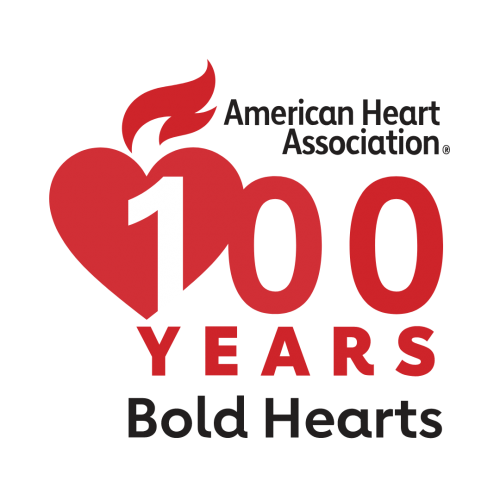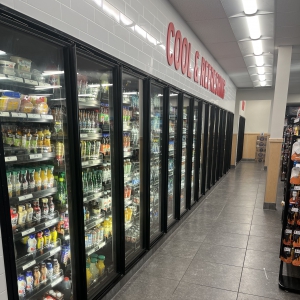February is American Heart Month! We’re proud to be supporting the fight against heart disease and stroke through our annual roundup campaign and spreading awareness to the importance of heart health and safety. To contribute, visit a participating Pilot, Flying J or One9 travel center in the United States and round up your purchase or buy a paper heart.*
It is important to know lifesaving measures, like CPR, and how to help prevent heart disease and stroke. Hear from the American Heart Association below to learn two steps to save a life and some ways to protect your own heart’s health.
*100% of proceeds will go toward the American Heart Association. Certain purchases (including, without limitation, fuel and fuel additives and purchases made on fleet cards or direct bill programs) are not eligible for round-up contributions.

In the United States, hundreds of thousands of adults and tens of thousands of children experience cardiac arrests outside of a hospital setting every year. If someone needed CPR, would you know what to do? Would you be ready to save a life?
Thankfully, Hands-Only CPR is a simple, two-step process that can save lives. Hands-Only CPR has been shown to be as effective in the first few minutes of a cardiac event as conventional CPR for cardiac arrests at home, at work or in public. If you see an adult or teen collapse, follow these two steps to perform Hands-Only CPR and save a life:
1. Call 9-1-1.
If you see someone collapse, don’t wait. When a heart stops, seconds matter. Approach them and try to see if they’re responsive by yelling and tapping or shaking them gently but firmly. If they’re unresponsive, don’t waste time checking for a pulse. Call 9-1-1 and begin the next step.
2. Push hard and fast in the center of the chest at a pace of 100-120 beats per minute.
You can use any number of well-known songs to keep chest compressions on rhythm. Check out the American Heart Association’s ‘Don’t Drop the Beat’ playlist on Spotify, where every tune is the perfect tempo for CPR.
To learn more about Hands-Only CPR and other lifesaving measures, join the Nation of Lifesavers™ today!
And remember to take care of yourself and protect your own heart’s health. There are easy steps you can take to lessen the risk of experiencing a cardiac event. Visit a doctor to check your blood pressure and cholesterol levels and check out the tips below:
- Eat a diverse diet of nutrient-dense and whole foods
- Prioritize being active for at least 2.5 hours a week
- Sit less and move more
- Maintain a healthy weight
- Aim for an average of 7-9 hours of sleep each night
- Monitor blood pressure and cholesterol levels
- Reduce stress
- Limit alcohol intake
For more information, visit heart.org.


One response to “Do You Know the Two Steps to Save a Life?”
Great information.